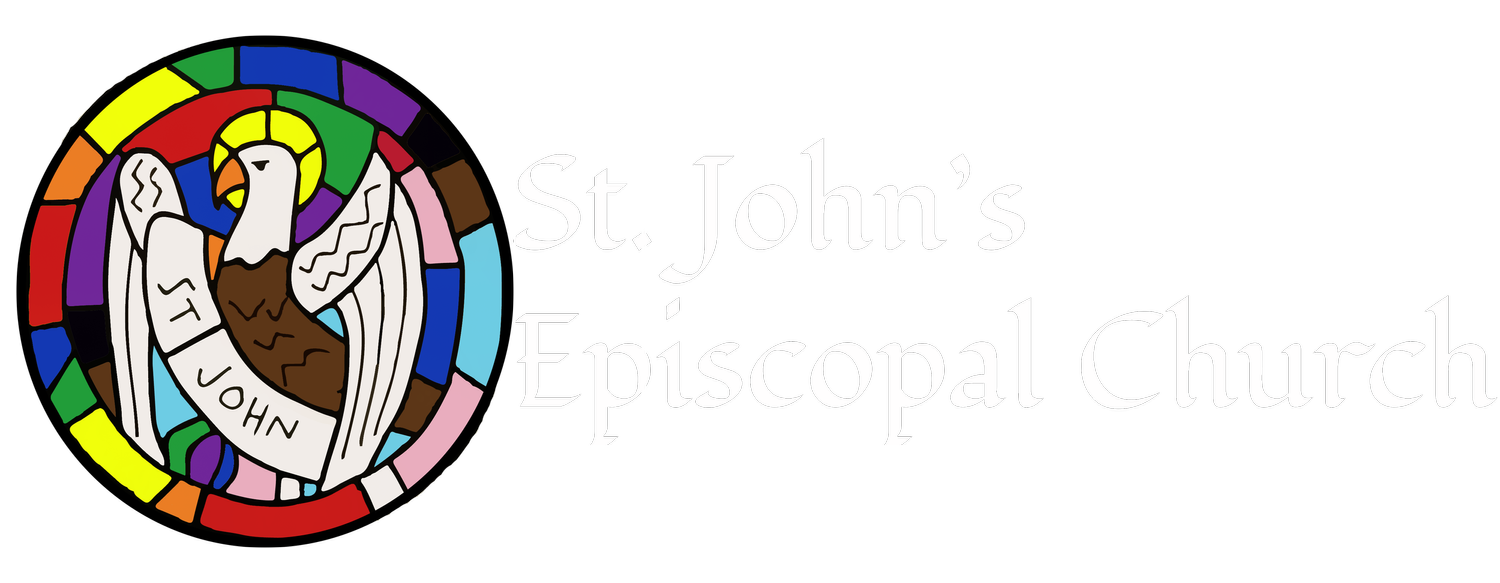Liturgically Speaking
Q. What is an Ember Day?
A. The term Ember Day is derived from the Latin quatuor tempora, which means "four seasons" or "four times." Three Ember Days-a Wednesday, Friday and Saturday-occur four times a year: after St. Lucy's Day (December 13th), Ash Wednesday, the Day of Pentecost, and Holy Cross Day (September 14th). In ancient Rome, the times (originally three) were chosen to correspond to the times of the agricultural festivals and were associated with sowing, harvesting and winemaking. It was a time during which one prayed, fasted and gave alms. It is thought that the fourth set of Ember Days was added by the 5th century. These days were arranged and prescribed for the entire church by Pope Gregory VII in the 11th century and were meant to be days of prayer and fasting to: thank God for the gifts of nature; teach people to make use of these gifts in moderation; and assist the poor.
The Ember Days eventually became traditional times for ordination. The collects for Ember Days in the Book of Common Prayer are focused on the ministry: one for those to be ordained (BCP, p. 256), one for the choice of fit persons for the ministry (BCP, p. 256) and one for all Christians in their vocation (BCP, pp.256-257). Additionally, there is a canonical requirement that postulants and candidates for Holy Orders must report to their bishop on the Ember Days. The report must be made either in person or by letter and includes the individual's reflection on his/her academic experiences and personal and spiritual development.
The Ven. Rose Bogal-Allbritten, DeaconWorship Commission

